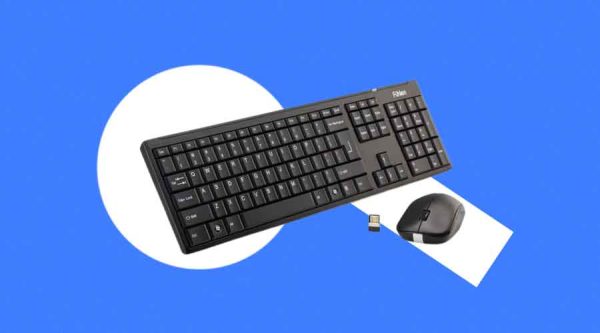
Tech Giants Oppose India’s Mobile Live TV Vision
Tech giants like Samsung and Qualcomm are resisting India’s decision to use technology to enable live TV broadcasts on smartphones claiming that necessary hardware modifications will increase the price of a device by $30 and might also affect the battery performance of the devices. Live TV broadcast features are a way for the Indian government to reduce congestion on telecom networks caused by growing video consumption.
ATSC 3.0 technology (Advanced Television Systems Committee)
India is in the process of enacting a law requiring smartphones to be equipped with technology that allows them to receive live TV without the use of cellular networks. It has advocated the deployment of so-called ATSC 3.0 technology, which is popular in North America and enables accurate TV signal geolocation and excellent image quality.
Companies, on the other hand, claim that their present smartphones in India are not ATSC 3.0 compatible, and that any efforts to add that compatibility will increase the cost of each handset by $30 due to the additional components required. Some are concerned that their present production plans may be jeopardized.
Tech Industry Pushback
Samsung, Qualcomm, and telecom equipment makers Ericsson and Nokia claimed in a joint letter to India’s communication minister that adding direct-to-mobile broadcasting might also damage device battery performance and cellular reception.
“We do not see any merit in continuing discussion on adoption of this,” stated the letter, reviewed by Reuters on October 17.
Requests for response were not responded to by the four corporations or India’s communication ministry. The plan is currently being debated and may change, and there is no set deadline for implementation.
In countries such as South Korea and the United States, digital TV channel transmission on cell phones has seen little adoption. According to executives, it has not gained traction due to a scarcity of devices that support the technology.
The India Cellular and Electronics Association, a lobbying organization of smartphone manufacturers that includes Apple and Xiaomi, publicly rejected the plan in a letter dated October 16, claiming that no major cellphone maker in the world presently supports ATSC 3.0.
The research firm Counterpoint, Samsung leads India’s smartphone market with a 17.2% percent, while Xiaomi comes in second with a 16.6% share. Apple owns 6% of the company.
According to the ICEA letter, which Reuters reviewed, “The inclusion of any technology that has not been proven and is not globally acceptable… will derail the pace of domestic manufacturing,”.
The policy rebuke is the latest from Indian smartphone firms. They recently opposed India’s effort to make phones compatible with its own navigation system, as well as another move to demand device security testing.



